Blog
How to Entertain Senior Dogs: 13 Tips for Keeping Old Dogs Active and Engaged
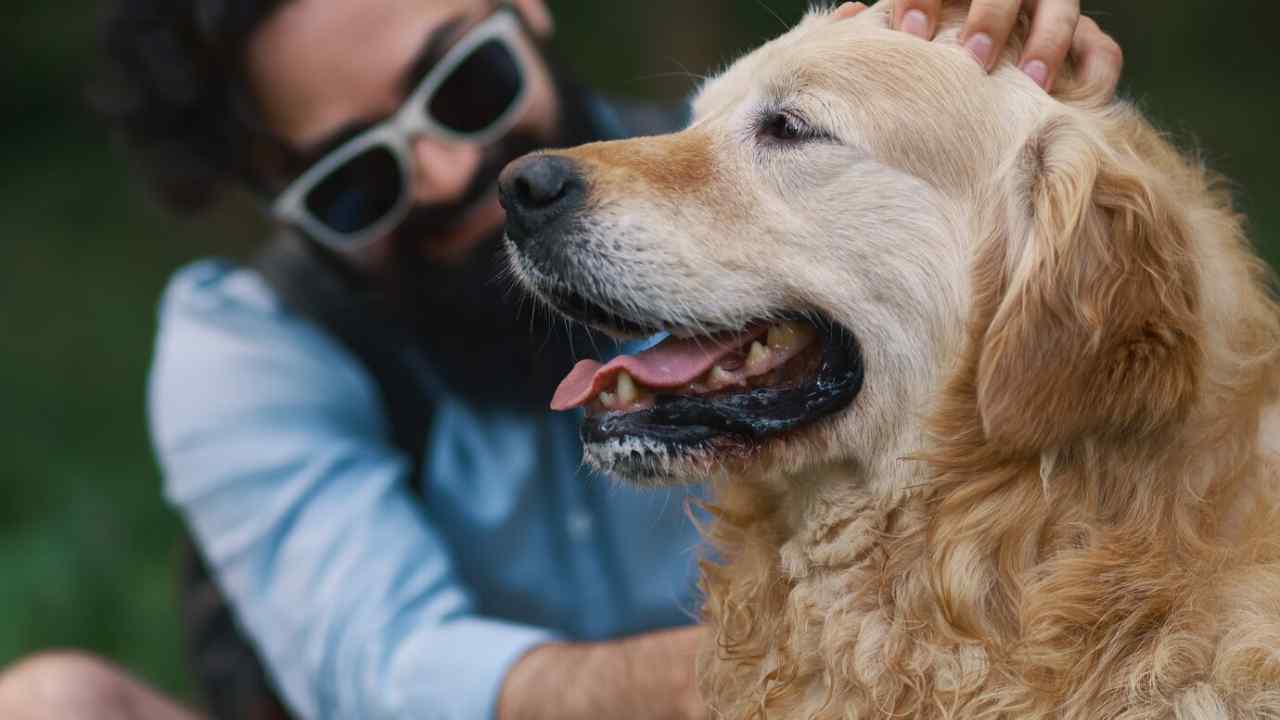
As an owner of a senior dog myself, I completely understand the unique joys and challenges that come with caring for an older pet.
As my boy, Roscoe, entered his golden years, I noticed a decline in his energy levels. My once lively pup seemed content with lounging around the house. However, I recognized that Roscoe still needed mental and physical stimulation to maintain a good quality of life.
Through trial and error, I found a great balance of exercise, mental engagement, and quality time to keep my 11-year-old old boy happily occupied. Now, I’m excited to share the tips and tricks I’ve gathered to keep senior dogs engaged.
In this article, I will provide my best advice on suitable exercises, brain games, home adjustments, and relaxation techniques that I have personally used to cater to the needs of my aging pup.
VIEW MORE
So, without further ado, let’s dive in and explore these valuable strategies.
Contents
Tailor Exercise to Your Dog’s Abilities
Daily exercise remains important for senior dogs, but the types and duration of activities may need to be adjusted. Getting the balance right helps older dogs stay mobile and healthy.
1. Take Shorter, Slower Walks
Going for walks is most dogs’ favorite activity, and this often remains true in old age. However, your senior dog may no longer be able to walk as far or fast as they used to. So, you need to pay more attention to signs of fatigue like lagging, panting, or reluctance to keep going. If your dog appears tired, it’s best to end the walk.
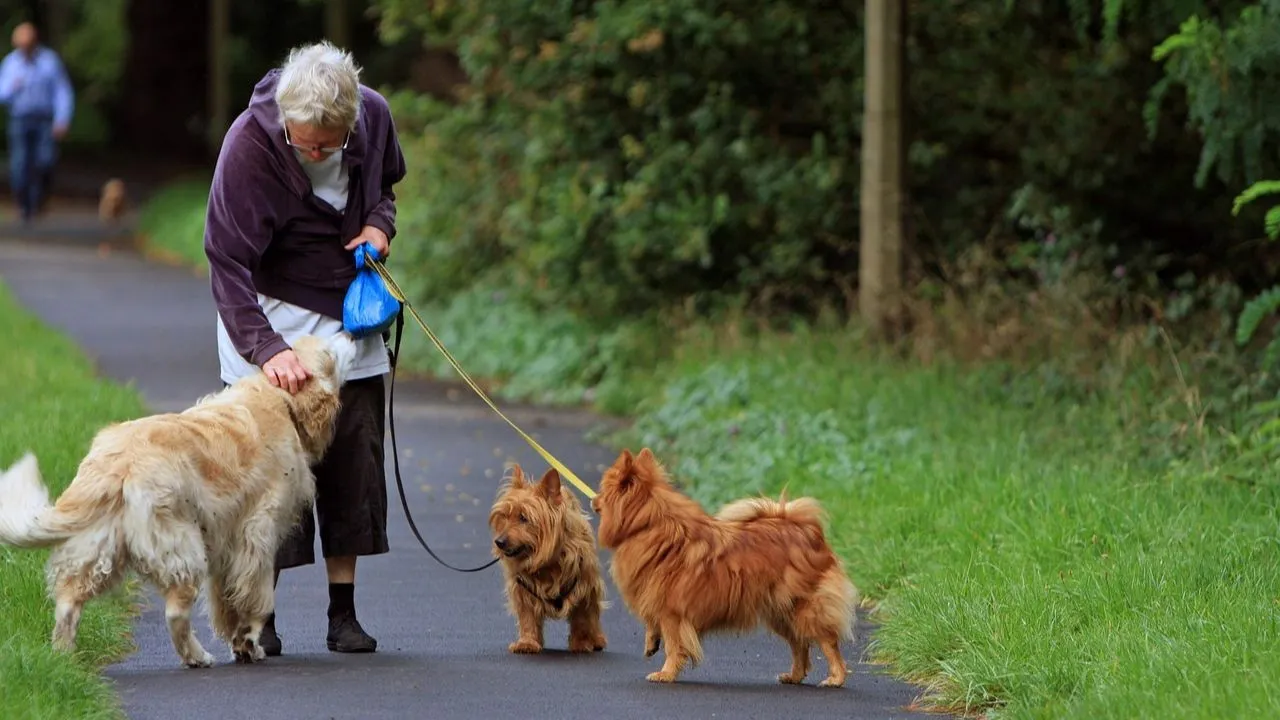
Starting with several short strolls, about 5 to 10 minutes each, once or twice a day, is a good idea. Watch how your dog does with these shorter walks. If they’re doing well, you can slowly increase the length and speed. Remember, walks are also about enjoying the journey – let your dog take their time to sniff around and explore. And don’t forget to bring along some water, especially on warmer days.
2. Take Them on Car Rides
How does your old dog feel about car rides? My old boy was a big fan of car rides. As he aged and slowed down, we made it a point to take him for drives. He absolutely relished watching everything from the window and looked forward to our regular stops at various coffee shops.

You can give it a try and see if your dog loves going for a drive. Consider taking leisurely drives to their favorite spots, like peaceful parks or coffee shops, where you both can enjoy some quality time together.
It’s important, though, not to push a car-shy dog into going for rides. Focus on places your dog loves.
3. Swimming and Water Therapy
Swimming is a fantastic exercise for senior dogs. The water’s buoyancy means they can move around and strengthen their muscles without putting too much stress on their joints. Plus, many dogs just love having fun in the water!
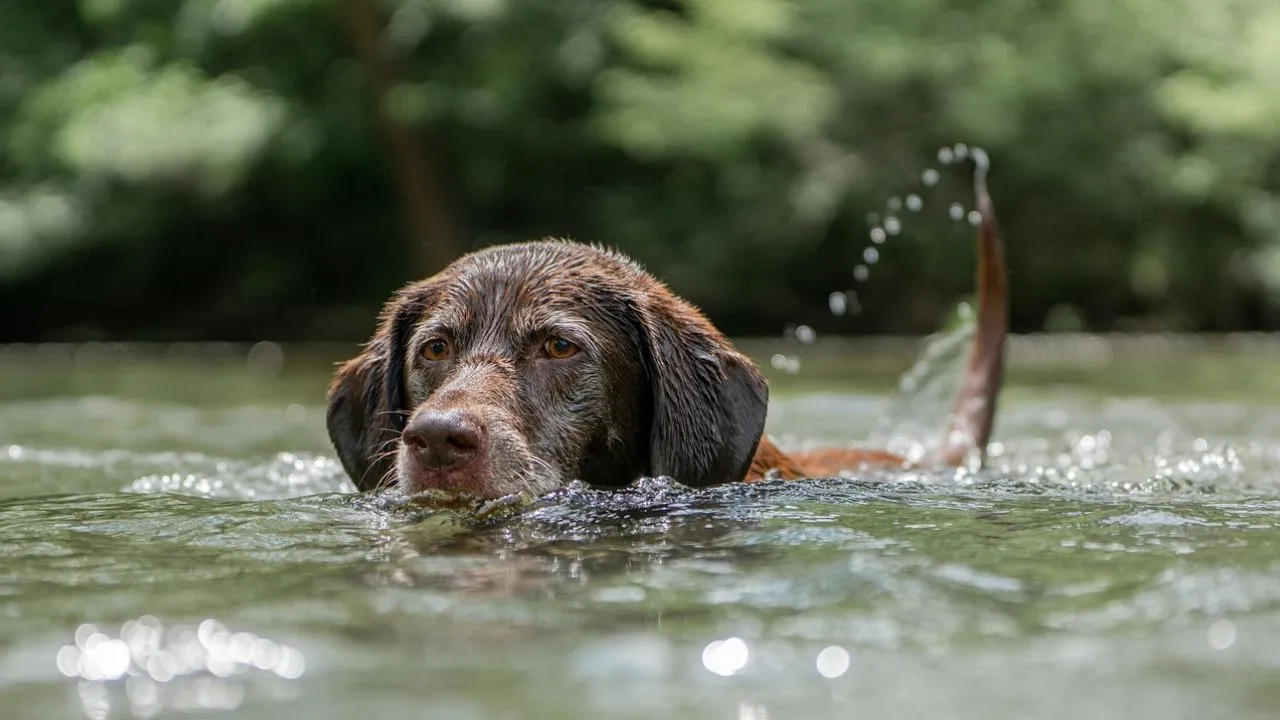
If you’ve got access to a lake, river, or ocean, those are great places for your dog to take a dip. There are also other options like doggy paddle pools, water treadmills at rehab centers, or even scheduled swimming sessions just for dogs. Just remember, always keep an eye on your dog when they’re in or around water.
4. Try Doggy Wheelchairs or Carts
Some mobility conditions like degenerative myelopathy will eventually make walking difficult. Dog wheelchairs allow dogs to stay active outdoors and feel independent. Make sure to introduce them gradually, with lots of praise and treats.
There are also dog carts to help older pets keep up on walks. These support some of their weight and can hugely improve their quality of life. Consult with your vet on whether a mobility aid could help your senior dog.
Ramp up Mental Stimulation
Physical limitations often mean senior dogs need more mental enrichment to stay engaged and happy. Luckily, there are endless brain games and puzzles to occupy their minds and tire them out.
1. Snuffle Mats and Nosework
Dogs use their powerful sense of smell to explore the world. Challenging this ability is very rewarding and brain-stimulating for them.
Snuffle mats for meals make dinner time more interesting. These mats mimic natural grass and hide kibble inside, so dogs have to sniff it out. Start with easy hides, then make it harder over time.
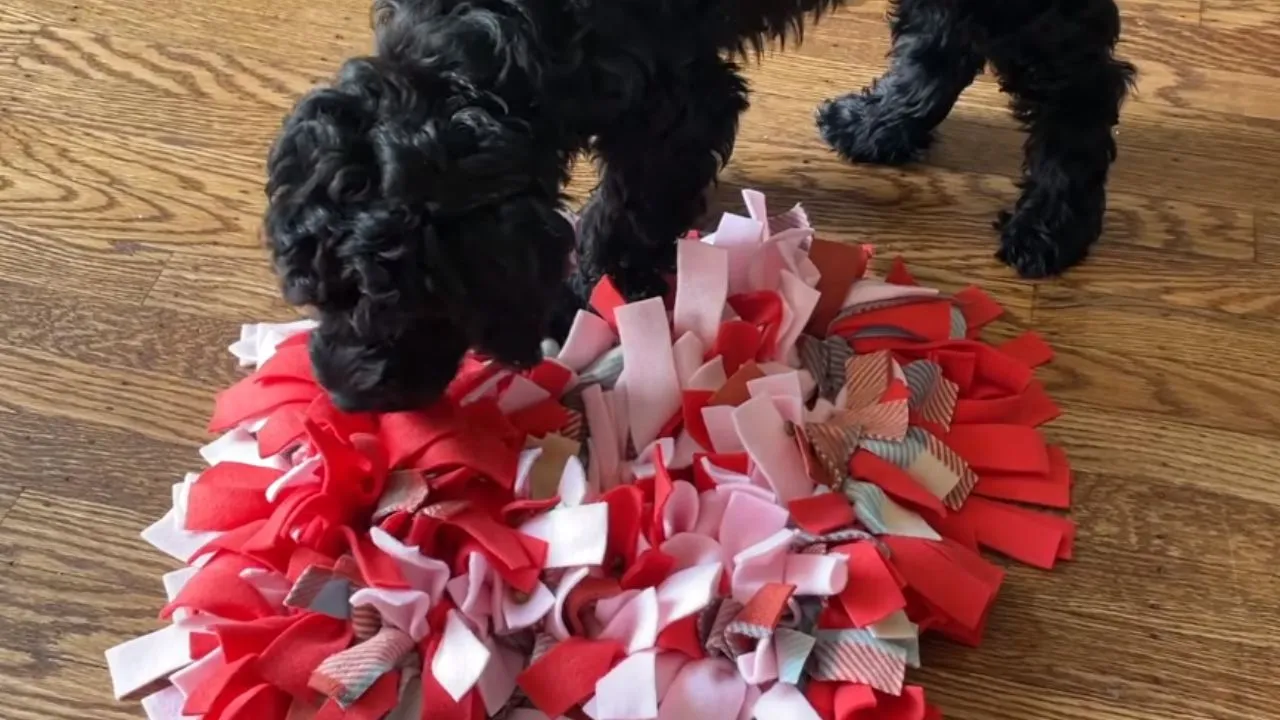
You can also hide treats around the house and yard for your dog to hunt down using their nose. Adjust difficulty based on their abilities. Keep the search area confined and supervision levels high.
2. Food Puzzles and Treat Dispensing Toys
There are countless puzzle toys that make getting meals an engaging game for your dog. Food puzzle toys range from basic rubber chew toys with hidden slots to advanced puzzles and activity boards.
Start your dog off with a beginner-level puzzle like Loobani Spinning Toys first; as they get the hang of it, you can introduce more challenging toys. These interactive feeding toys are great for keeping your senior dog’s mind sharp and preventing them from getting bored!
SHOP NOW
3. Teach some New Tricks
Revisiting or learning new commands gives senior dogs’ brains a workout. Keep sessions under 5 minutes and finish on a good note. You can practice old tricks or helpful cues like picking items up. Use hand signals if your dog’s hearing is diminished.
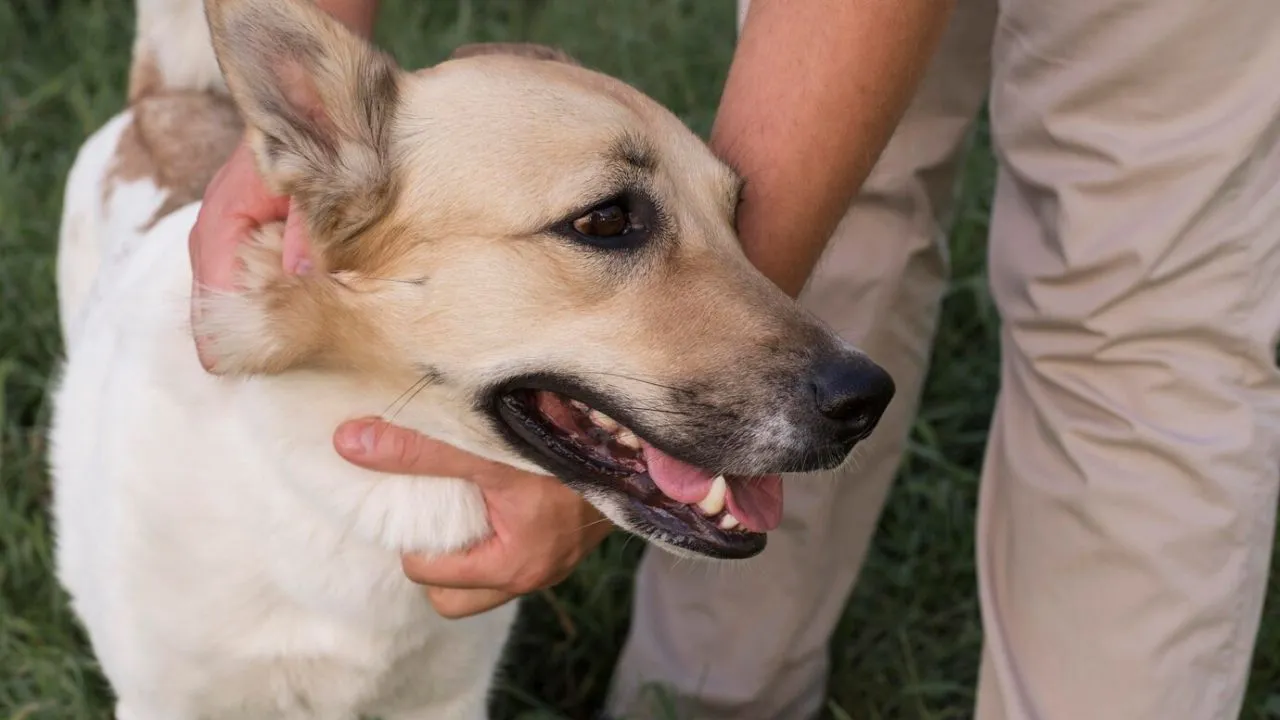
Training can reinforce the bond between you and your dog. Seniors often thrive on the positive interaction and mental challenge. Just don’t push your dog into frustrating or overly strenuous activities. Keep it fun!
4. Massage
Just like us, dogs appreciate the soothing power of gentle massages. Giving your senior dog a gentle massage can be a real treat for them, especially if they’re dealing with achy, stiff joints and muscles.

Adjust Your Home for Senior Comfort
Small changes around your house can make a big difference in easing sore joints and avoiding injury. Ensure your senior dog’s favorite spots are comfortable and make their daily activities less painful.
1. Provide Orthopedic Beds
Considering that older dogs tend to spend a lot of time sleeping, it is advisable to invest in thick, high-quality orthopedic mattresses and pillows. These specialized beds can provide essential support by cushioning pressure points and allowing dogs to rest in a comfortable, neutral spine and hip position.
When placing the beds, opt for easily accessible locations such as a corner in the living room. Raised beds can help reduce the impact on joints when getting in and out. Make sure all beds are spacious enough for your dog to fully stretch out. Additionally, remember to wash the beds on a weekly basis to maintain cleanliness and hygiene.
2. Use Non-Slip Surfaces
Unstable, slippery floors like tile or hardwood can be treacherous for senior dogs. To ensure their safety, it is recommended to place non-skid rugs in high-traffic areas and under their dog beds.
Additionally, you may consider exploring anti-slip dog paw protector pads, as they can provide your furry companion with added confidence while navigating across slick floors.

3. Keep a Warm House
Arthritic and older dogs tend to be more sensitive to cold temperatures. It is crucial to maintain a consistently warm temperature in your home, ideally around 68-72°F.
Additionally, you may want to consider using a dog heating pad for their bed to provide them with extra warmth and comfort. It’s worth noting that cold weather can exacerbate joint stiffness in these dogs.

4. Rearrange Furniture
To prevent tripping, make sure all pathways are wide and unobstructed. Dogs with limited vision or mobility can injure themselves by bumping into objects like coffee tables. Consider rearranging your furniture layout to open things up.
Also, consider placing water bowls, toys, and beds in easily accessed spots. Your dog should be able to move around comfortably and reach its basic needs without excessive effort.
6. Provide Ramps and Stairs
Jumping up into cars, on furniture, or onto beds taxes aging joints. To minimize the impact, it is advisable to provide pet stairs, ramps, or small steps for them to use. If necessary, offer assistance to your dog when climbing stairs.
Ramps are particularly useful for senior dogs, allowing them to enter and exit at their own pace, especially in cars. Don’t forget to bring the ramps with you when visiting other houses as well.
FAQ
1. How much activity does my senior dog need each day?
Senior dogs don’t need as much activity as younger dogs, but some daily exercise is still important. Short, slow walks or play sessions are usually enough to keep their joints moving and prevent muscle loss. The amount depends on your dog’s health, but aim for a little bit of activity every day.
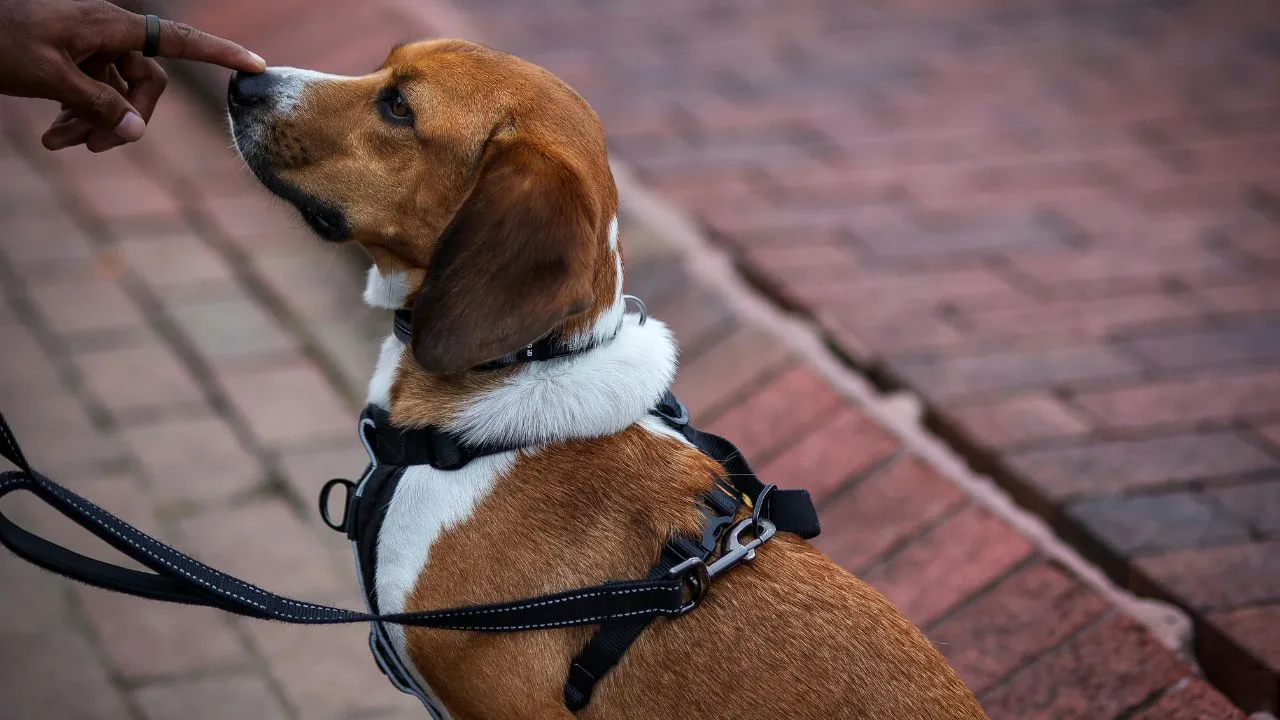
2. Why is it important to keep my senior dog active?
Keeping your senior dog active is really important for a bunch of health reasons. Regular activity keeps their joints in good shape, which is super important as they get older. It also stops their muscles from weakening too much, helping them stay mobile. Plus, exercise is a big help in managing their weight. This is key because being overweight can really put extra pressure on their joints. Even gentle exercise can do wonders for a dog with arthritis, keeping their joints moving and less stiff. Basically, a bit of activity each day can make a huge difference in keeping your older dog healthier and more comfortable.
3. What are some activities I should have my senior dog avoid?
Avoid strenuous activities that could injure them, like hiking, Frisbee, and intense play with other dogs. Jumping on and off furniture should also be avoided to prevent joint injuries. Don’t overdo walks or playtime beyond your dog’s comfort and abilities.
4. Should I take my dog to the veterinarian if they begin to be less active?
Yes, schedule a vet visit if your previously active dog suddenly becomes very inactive or reluctant to exercise. Sudden lethargy or loss of interest in play can indicate underlying medical issues or pain that need to be addressed.
Final Words
Thanks for reading! I hope these tips give you some ideas for keeping your senior dog active and entertained in their golden years.